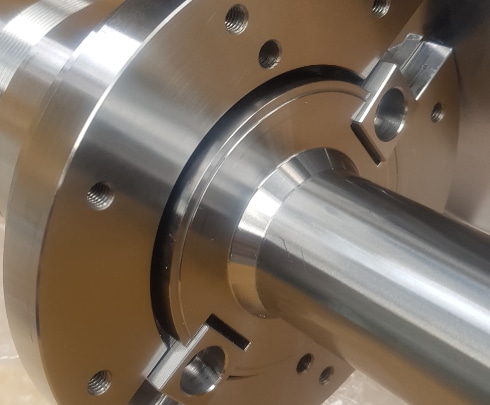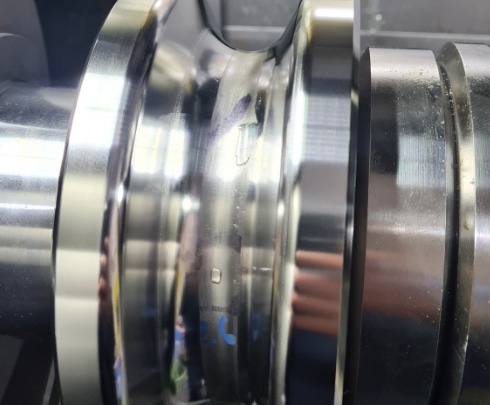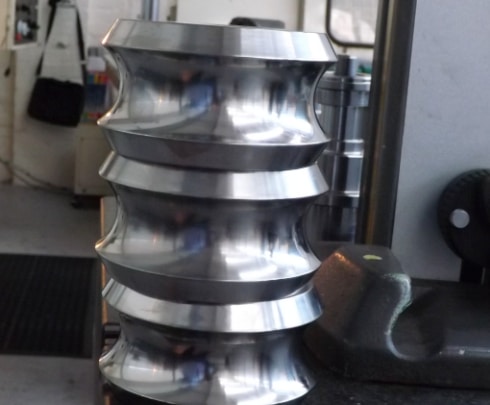
Bellcliffe Engineering offers a range of tooling to assist in the production of roll forming - providing innovative solutions, backed by decades of knowledge and experience, for all your roll forming problems.
Whether you’re looking for roll forming tooling for tubes or sections, straightening, cutting, or other manufacturing practises, Bellcliffe can create high quality tooling to assist in these operations. We work alongside you to ensure your tooling is fit for application.
Capabilities & Technical Specifications
At Bellcliffe Engineering, we can draw upon over 100 years of combined experience in order to assist our customers with any problems they may encounter whilst roll forming. We work with a range of materials to best meet your specifications, and the requirements of certain thicknesses or diameters. Our manufacturing services are the number one choices for many companies across the globe.
Bellcliffe Engineering’s free site surveys allow us to best serve you from the start, gathering accurate information and a greater understanding of your needs by assessing your machinery directly.
Bellcliffe Engineering creates machinery and components to your exact specifications - get in touch with us today to enquire how we can serve you.


Applications
We can provide roll forming tooling and components for all sectors, including, but not limited to:
FAQs
There are various roll forming processes used to produce different end products. Some of the most common types of processes found in a rolling mill include:
Roll Forming - this refers to any method of bending sheet or plate stock along its length, by means of rolls, and without the use of dies, punches or shears. It is used to make small radius bends in sheet metal.
Flat Rolling - in flat rolling, a metal sheet is rolled between two parallel rolls to form a flat shape. This metalworking process is used to reduce thickness and produce flat surfaces in metal sheets or rolls. In general, it consists of two types: roll-ups and stretch-downs.
Controlled Rolling - controlled rolling can be used to produce metals of different strengths in the same cross-sectional area by making changes to how it's rolled. In this process, the strip is deformed internally by the spacing between work rolls that become progressively smaller toward the end of the pass.
Roll forging - in the same vein, roll forging is a controlled rolling method used to reduce thickness and improve surface finish, flatness, and dimensional accuracy, of a metal in its final form.
Structural Shape Rolling - structural shape roll forming is used to produce rolled shapes of constant cross-sectional area and variable length, by sets of counter-rotating rolls.
Ring Rolling - ring rolling is a process which uses round bar stocks to produce rings with diameters ranging from around 2 inches to several metres. The difference between ring rolling and other conventional processes used to change round sections into hollow sections (such as spinning, piercing, and rotary swaging) is in the amount of material deformation; there is no compression in ring rolling.